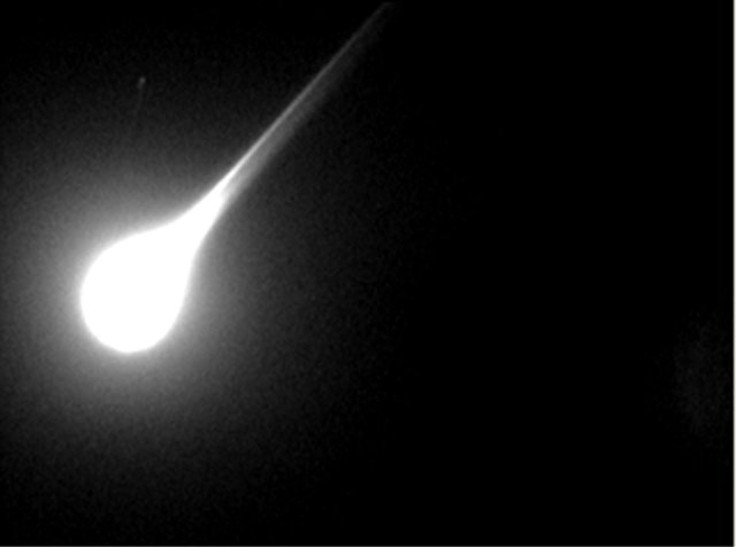Scientists Uncover Mystery Behind Cone-Shaped Meteorites

For years, the appearance of cone-shaped meteorites falling on Earth has baffled scientists. Recently, a team of researchers was able to understand how they form through experiments.
Meteorites, space rocks that passed through the atmosphere and crashed on Earth, usually have irregular shapes. However, a high number of meteorites, around 25 percent, have cone shapes.
According to a new study, these odd-shaped rocks, which scientists refer to as oriented meteorites, were formed due to the extreme conditions in Earth’s atmosphere. The researchers noted that as the meteorites enter the atmosphere, the extreme heat and friction carve and melt the space rocks. As a result, some of these meteorites end up with a cone-shape as they reach Earth.
The researchers were able to come up with this conclusion through a couple of experiments. Since replicating the exact conditions of the atmosphere inside a laboratory can be tricky, the researchers turned to simpler methods instead, Live Science reported.
By subjecting balls of soft clay through water streams, the team was able to recreate what happens to a meteorite as it enters Earth. Through the experiment, the researchers saw how the water caused the clay balls to erode and turn into cones.
For the next experiment, they dropped the newly formed cone clays in water to replicate how a meteorite would freely tumble in the atmosphere. The researchers discovered that the cones that were too wide and narrow tended to loosely tumble in water. However, certain types of cones, which they referred to as “Goldilocks,” oriented themselves like an arrow as they glided through the water.
“Slender or narrow cones flip over and tumble, while broad cones flutter and rock back and forth, but we discovered between these are cones that fly perfectly straight with their point or apex leading,” lead researcher Leif Ristroph of New York University said in a statement.
“Amazingly, these ‘Goldilocks’ cones of ‘just right’ angles exactly match the shapes of eroded clay resulting from our experiments and actual conical meteorites,” Ristroph added.
Based on the experiments, the researchers explained that the factors in the atmosphere that shaped the meteorites are also responsible for stabilizing them through their descent. The findings of their study were published in the latest issue of Proceedings of the National Academy of Sciences.
© Copyright IBTimes 2025. All rights reserved.





















